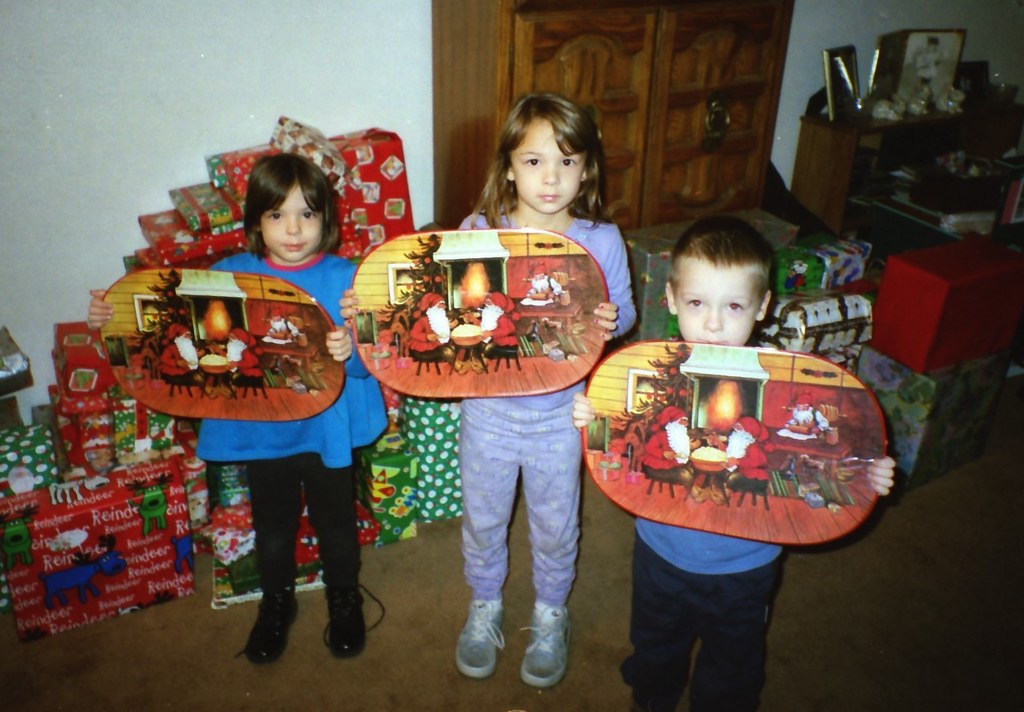You know the story: someone you follow moves to a “hidden gem” town, buys a dreamy fixer-upper, posts aesthetic reno updates, and swears they’ve hacked the system. “We traded rent for roots!” they gush in a caption, sipping coffee on their wraparound porch. But scroll forward a year or two and that same porch is for sale, the vibes are gone, and the caption reads more like a cautionary tale. Turns out, chasing the dream of affordable small-town living can backfire—big time.
Some places promise charm, community, and equity-building bliss… but deliver wild insurance premiums, economic sinkholes, or just plain soul-crushing commutes. From boomtowns that busted to vacation hotspots turned financial quicksand, these 12 towns lured millennials with big promises—and left them broke, burnt out, or begging Zillow to let them list “as-is.” Think you could’ve hacked the housing market? Maybe… but not in these places.
1. Youngstown, Ohio
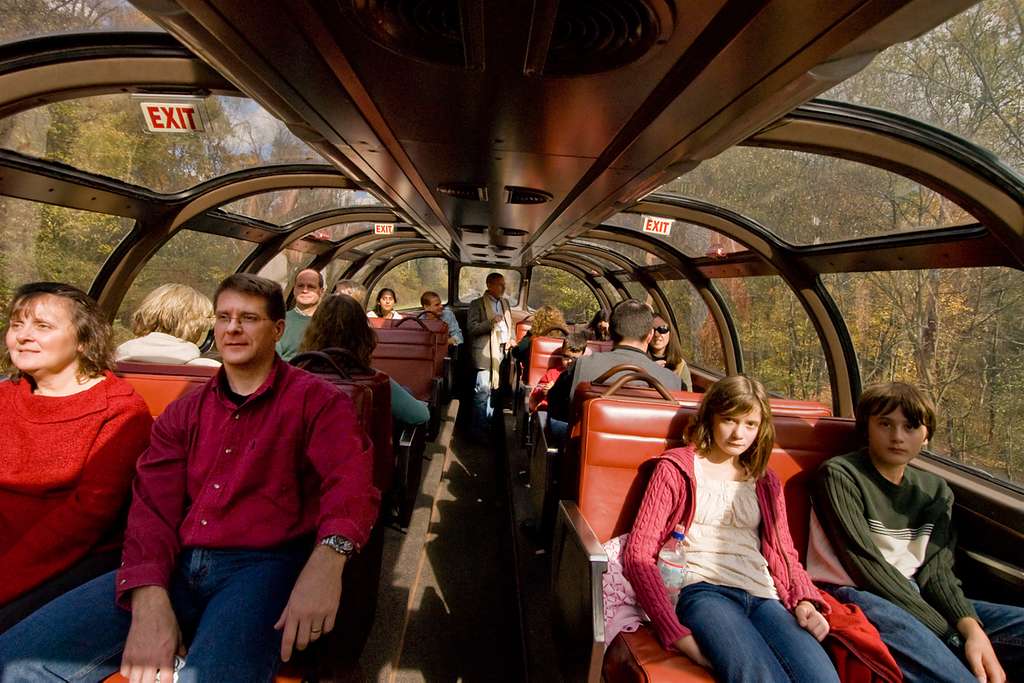
As The Atlantic details, Youngstown embraced “planned shrinkage,” bulldozing empty blocks to stabilize its tax base—but that only underscored how fast things unraveled when the steel mills shut down.
Young buyers once chased cheap brick rowhouses near the downtown, dreaming of DIY loft conversions. Instead, they inherited boarded-up neighbors, spooky silence where kids used to play, and the reality that vacant-lot maintenance can cost more than a mortgage payment. Crime crept in on quieter streets, and attempts at hipster-style revitalization collided with a job market that never rebounded. The only booming industry? Brownfield remediation.
2. Atlantic City, New Jersey
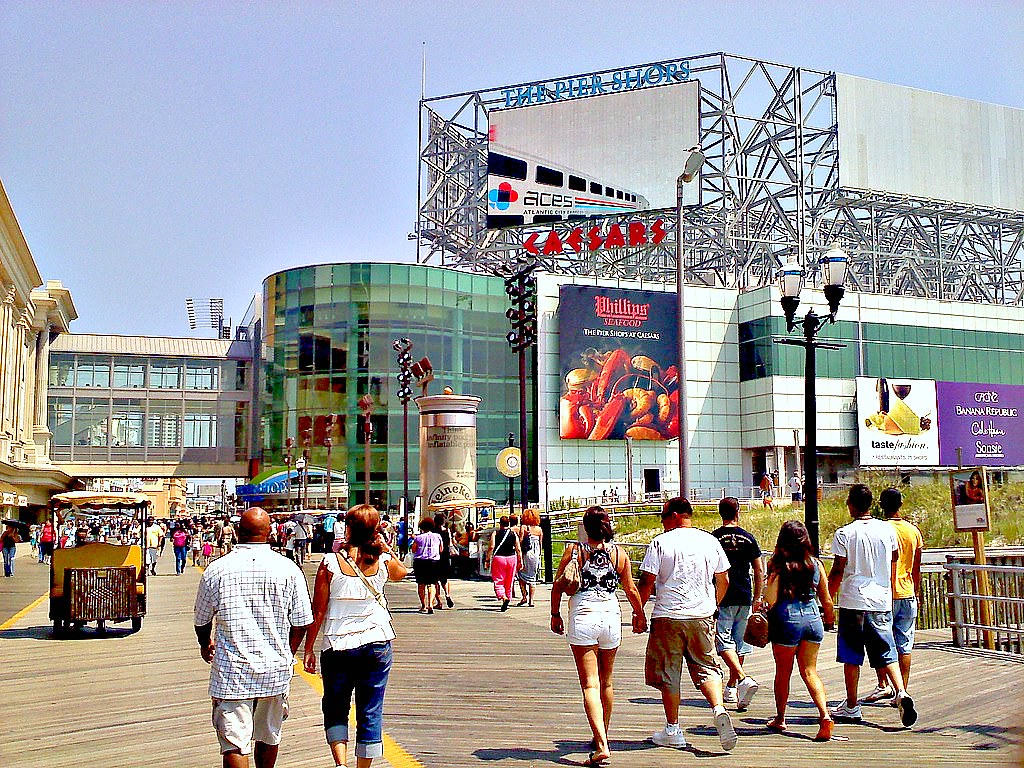
Ocean-front pretenses met financial reality when the casinos closed faster than you can say “blackjack.” Per Bloomberg, Atlantic City once led the nation in foreclosure rates—one in every 59 homes facing auction block—thanks to disappearing casino jobs and a construction glut.
Buyers were lured by boardwalk views and subsidized loans, picturing sun-drenched brunch selfies. Instead, they got pounding waves of property taxes, free-falling home values, and an unemployment rate that rivaled the foreclosure stats. Abandoned high-rises haunt the skyline, while drained homeowners contend with cracked foundations from neglected upkeep. Vacation homes turned into ghost towns off-season, dragging values down across entire neighborhoods.
3. Detroit, Michigan
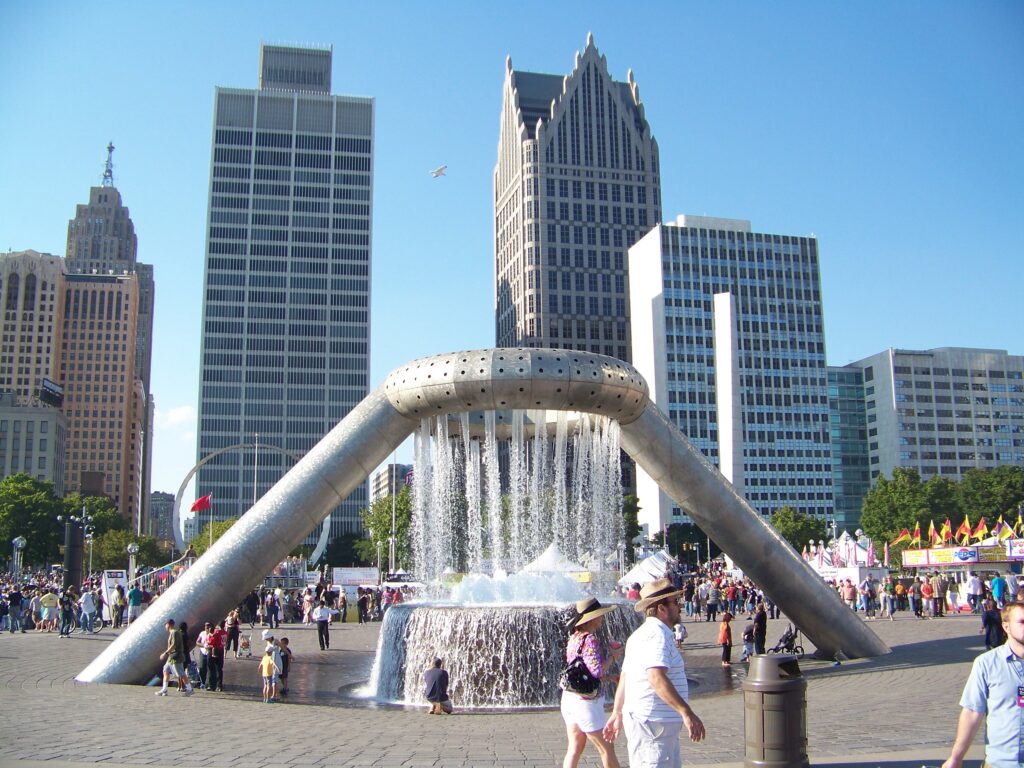
The Motor City’s post-auto glory felt like an unbeatable bargain—until it wasn’t. According to The New York Times, Detroit’s population cratered by more than 60% from its 1950 peak, leaving whole neighborhoods dotted with “zombie homes” and skyrocketing vacancy rates. Once-booming factories stalled, pension obligations loomed like a hangover, and property values plummeted by up to 80% in some ZIP codes.
But millennials didn’t just buy houses—they bought into “the next big revival,” snapping up shotgun shacks for what seemed like pocket change. Then city services got cut, tax bills went north, and the “fixer-upper” turned into a money-pit saga: mold, crumbling facades, and nights spent listening for the drip of leaky pipes. Now, rehab costs often eclipse the purchase price, and resale can dip below the level of student-loan debt.
4. Stockton, California
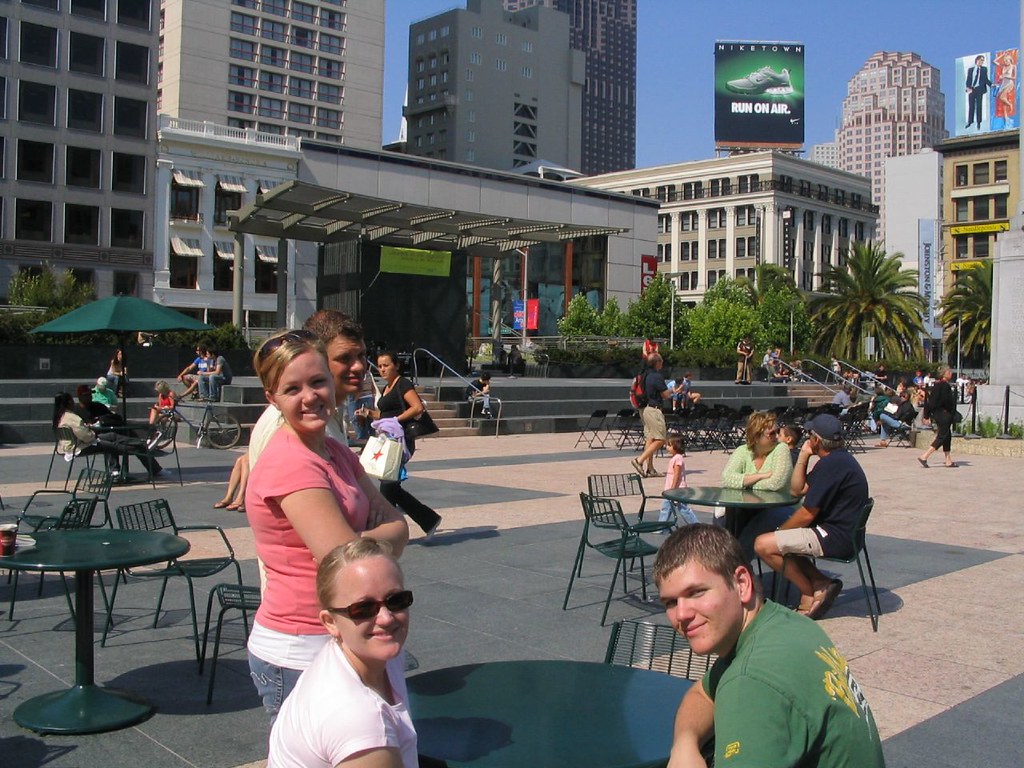
“Government excess” reads like a warning label once you’ve met Stockton’s municipal spreadsheet. In a Washington Post report, Stockton became the largest U.S. city to file for Chapter 9 bankruptcy in 2012—after a 15-year spending binge on salaries, pensions, and city perks with housing-bubble–fueled tax revenues that evaporated overnight.
Millennials snagged mid-century ranch houses imagining “quaint farm-town feels”—then watched median home prices plunge nearly 40% in a single year. Suddenly, equity was underwater, neighborhoods saw up to 9.5% of homes in foreclosure, and community services (hello, fire stations and libraries) got slashed. Even a shiny new mall turned into an echo chamber of empty storefronts.
5. Flint, Michigan
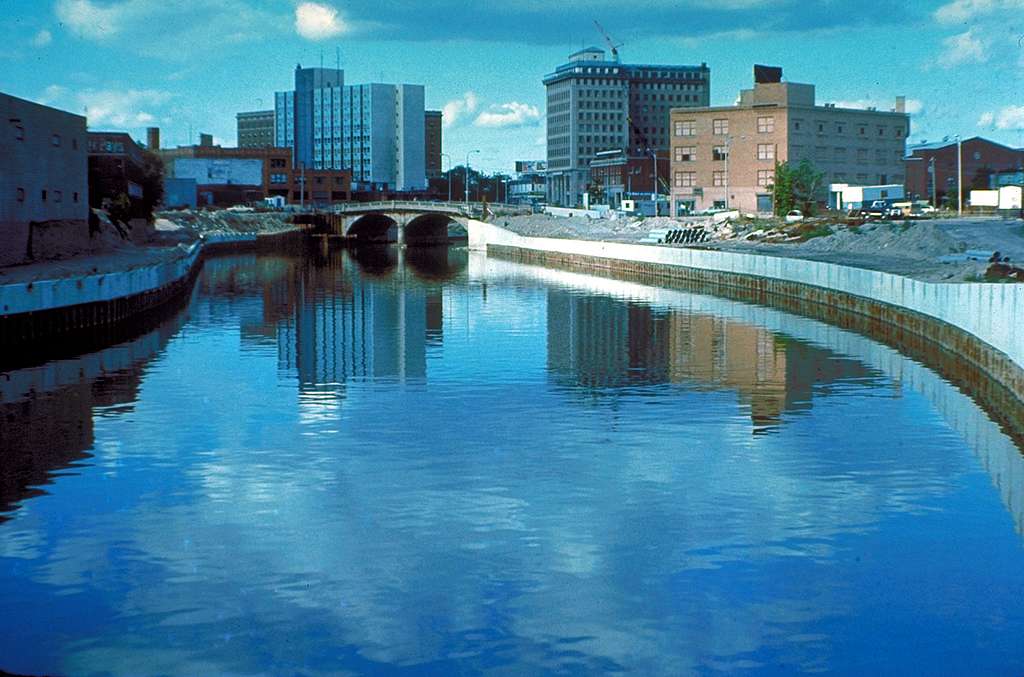
Cost-cutting led to poisoned tap water, and homes in Flint quickly became liabilities rather than legacies. Reuters reports that addressing the lead crisis could top $1.5 billion in infrastructure fixes, while property values sank by up to 40% as residents fled the headlines and the H₂O⺠health warnings.
Initially, millennials saw rock-bottom real estate prices as “Green Zone”—practically free. Then they woke up to yellow-tinged sinks, trust-busting lawsuits, and an uninsured crisis that made selling nearly impossible. Home-repair contractors vanished, lenders balked at mortgages in a “public health disaster zone,” and the only growth industry was legal fees.
6. Midland, Texas

Oil gushes can feel like cash-cow seasons—until the rig count falls. Midland’s housing market has been a rollercoaster tied to West Texas crude prices: jaw-dropping spikes in rent and home values during booms, followed by 15%+ price drops in busts. Millennials drawn to the Permian-Basin paychecks found themselves overextended when shuttered pumps cooled local economies, leaving vacant subdivisions and unaffordable upkeep on homes priced for a gusher that ran dry.
The problem? Nobody wants to buy your three-bed, two-bath when the entire job market evaporates overnight. Many young transplants were left with empty wallets and half-finished renovations when the boom gave way to bust. Insurance premiums spiked as labor shortages slowed down basic repairs, and some neighborhoods became patchworks of rentals, foreclosures, and half-moved-out dreamers. With property taxes still tethered to those boom-era valuations, many residents found themselves paying high carrying costs for homes worth a fraction of their peak price. And because everything’s tied to oil, diversification is just a buzzword, not a safety net.
7. Palm Springs, California
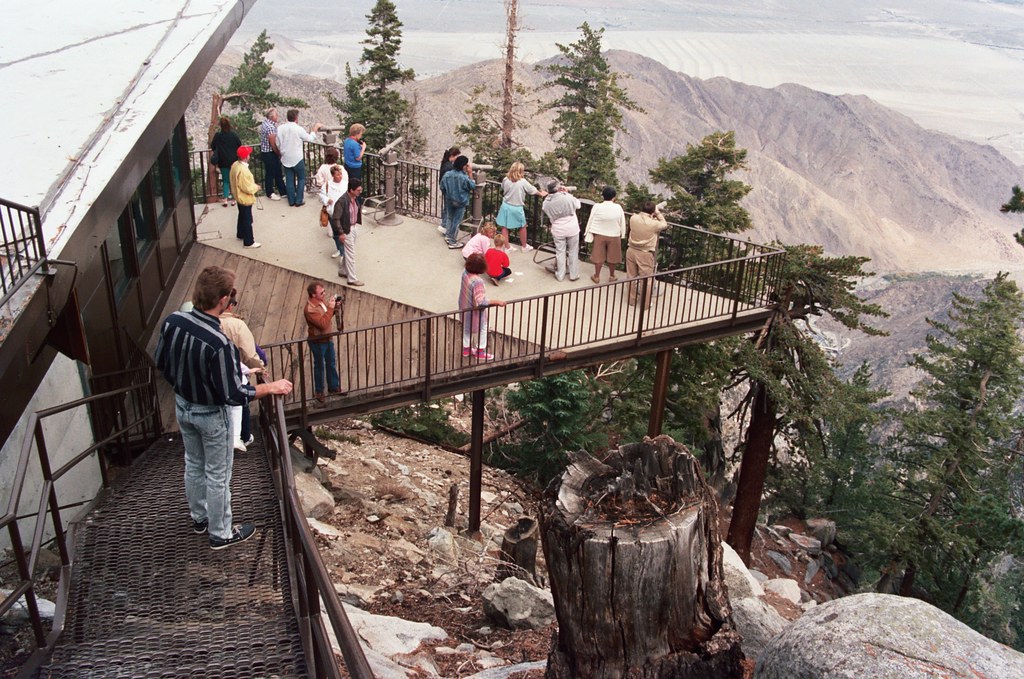
Desert retreats beckoned with mid-century charm and endless pool-party potential, but water restrictions, wildfire proximity, and heat-wave–driven insurance hikes turned postcard homes into pricey headaches. Air conditioners run non-stop in triple-digit summers, driving electricity bills through the roof and occasionally tripping the grid. Meanwhile, second-home investors flood the market, pushing local mortgage rates higher and vacating once-vibrant neighborhoods off-season.
What used to feel like a hip desert oasis now feels eerily quiet come September—like a Coachella after-party no one bothered to clean up. Local amenities shut down during the off-season, creating a ghost-town vibe that doesn’t exactly scream “neighborhood.” And if you’re hoping to rent it out, good luck: short-term rental restrictions are tightening, and locals are pushing back against tourist overload. Meanwhile, the heat keeps rising, the water table keeps dropping, and suddenly your backyard pool looks more like a liability than a luxury.
8. Myrtle Beach, South Carolina
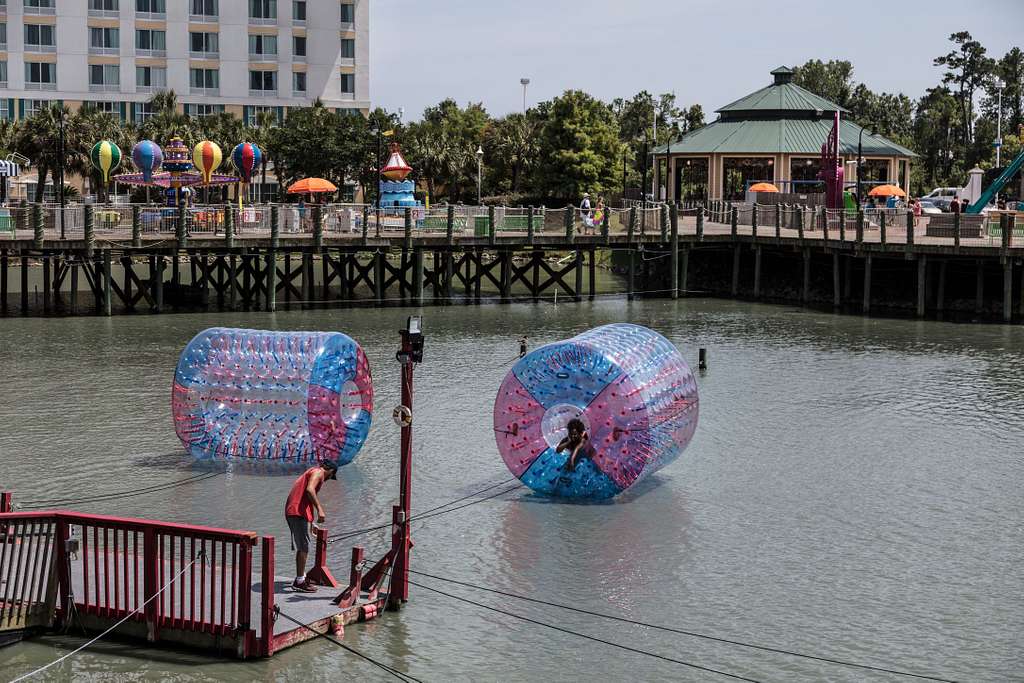
Tourist-town townhouse seemed like a sweet rental-income hack: beach, golf, condo fees—but oversupply hit harder than a rogue wave. Vacation rentals flooded platforms like Airbnb, driving nightly rates down and vacancy up. Millennials who budgeted for side-gig hosting discovered that property-management costs, hurricane-season repairs, and HOA dues eat into any seasonal income, making the “passive income dream” an active drain.
And don’t forget the ever-creeping flood maps—more homes now require costly flood insurance thanks to changing FEMA guidelines. Some owners report annual insurance bills jumping by thousands, even if they’ve never seen a drop of water inside. Add in guest complaints, damage from spring breakers, and surprise special assessments from the condo board, and the ROI vanishes faster than your phone battery on a beach day. What was supposed to be a laid-back escape became a second job with worse hours and fewer tips.
9. Newburgh, New York
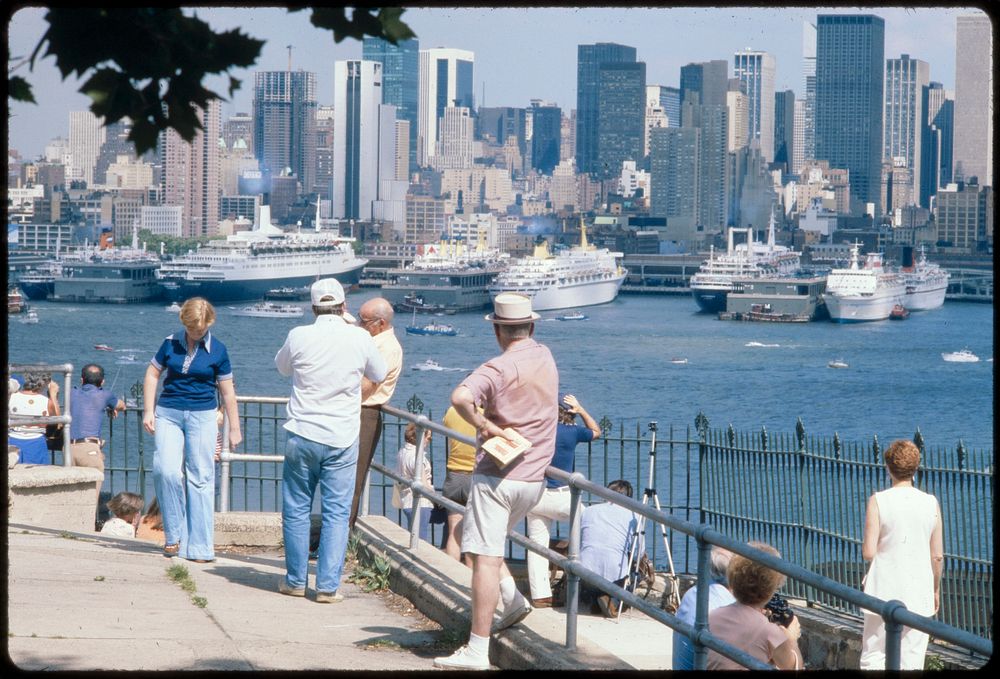
Five years ago, Newburgh was the “next Brooklyn”—urban-revival talks, artsy loft conversions, and river-view condos. But high property taxes, limited jobs, and a sluggish transit connection to NYC turned this Hudson-valley upstart into commuter-town purgatory. Young professionals facing $10K+ annual tax bills quickly realized that making the 90-minute commute plus two transfers wasn’t sustainable, and resale values lurched downward.
Then came the wake-up call: many of the historic properties they bought needed serious structural repairs—hello, 19th-century plumbing and asbestos abatement. And city services lagged behind revitalization promises, with crime stats staying stubbornly high and public infrastructure stuck in the last century. The “art district” buzz wore off when artists couldn’t afford to stay, and weekend tourists disappeared by Monday. Despite the charm and potential, many residents ended up stuck—unable to sell, unable to upgrade, and unable to fully opt in to city life or opt out.
10. Gary, Indiana
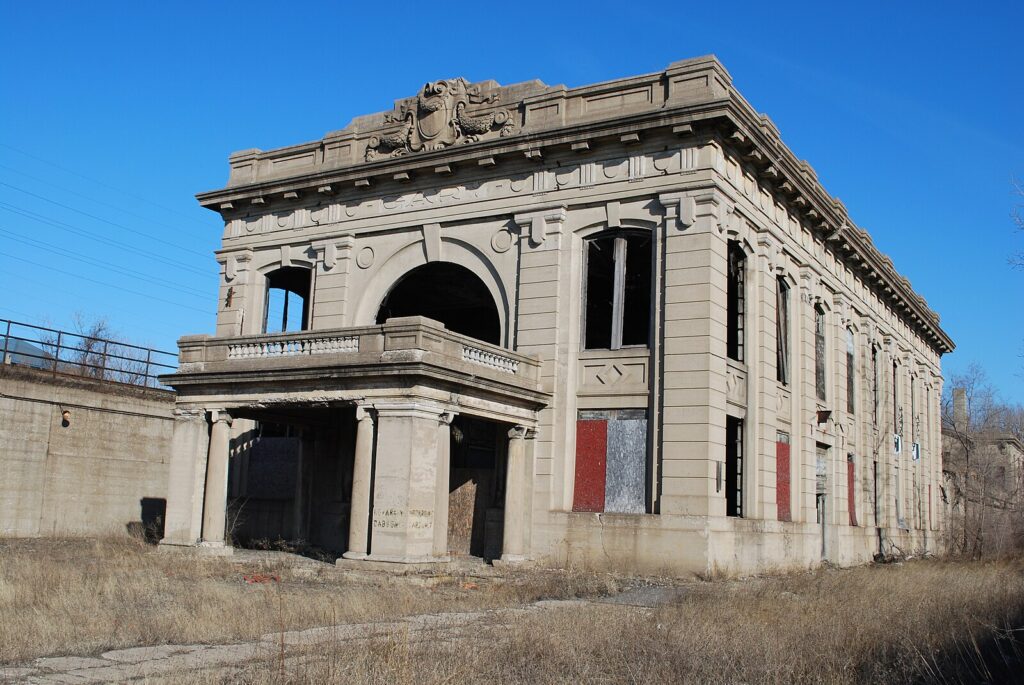
Once the “City of the Century,” Gary’s steel-belt grandeur rusted alongside its factories. Affordable shotgun homes for $10K? Sure—if you didn’t mind boarded windows, vacant lots masking soil contamination, and a hollowed-out tax base. Millennials who bought cheap found wind-blown debris piling up, dwindling city services, and insurance premiums that outpaced any local wage growth.
The harsh truth is that revitalization just hasn’t arrived. A few small projects sparked brief hope—an art co-op here, a microbrewery there—but the jobs didn’t follow. Many homes still lack buyers, and locals report properties sitting on the market for years. Municipal infrastructure is crumbling, schools are underfunded, and property crime remains stubbornly high. Even worse, public transportation is minimal, making car ownership practically mandatory. Cheap homes are only a bargain if you can live, work, and thrive in the area—which remains a tall order.
11. Las Vegas, Nevada
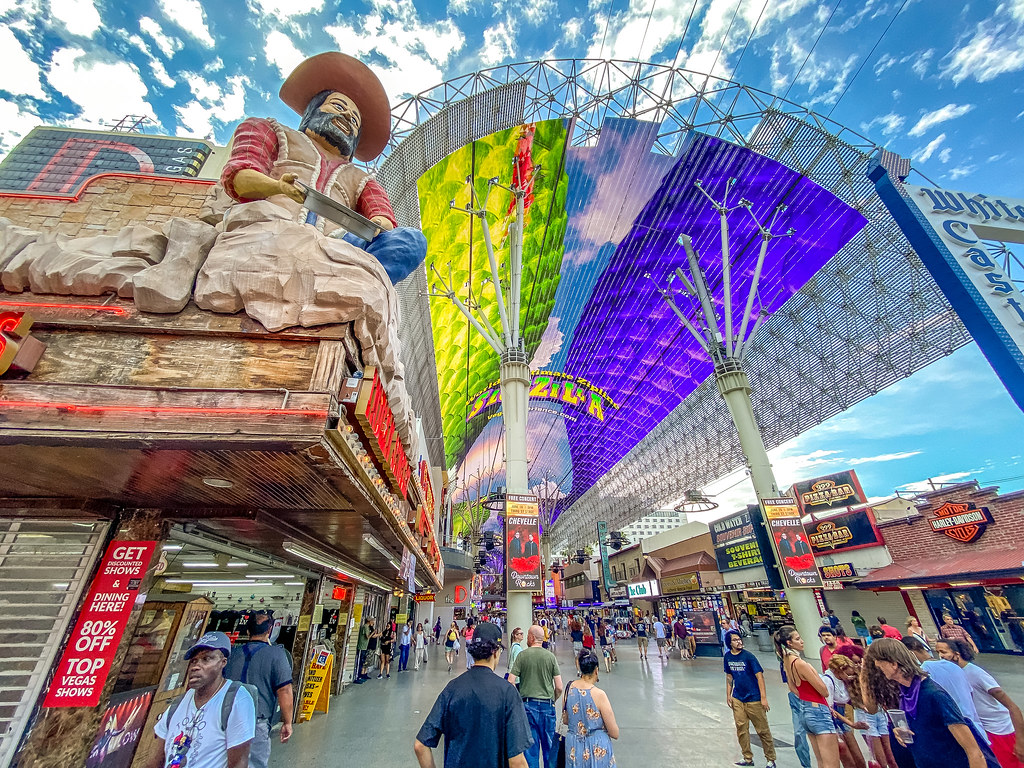
The Strip dazzles, but off-Strip suburbs got clobbered in the 2008 crash—some neighborhoods saw home values dive by more than 50%. Millennials enticed by low, low rates soon contended with a debt-heavy HOA culture, water-rationing brown lawns, and rental incomes undercut by supply glut. The desert heat, coupled with soaring utility costs, made half-price homes feel anything but bargain buys.
Fast-forward to now, and Vegas is still trying to balance rapid growth with real sustainability. As climate change makes summers even more unbearable, cooling costs are ballooning, and water rationing is no longer a far-off threat—it’s a headline. HOAs wield power like mini-governments, enforcing strict landscaping rules that often clash with environmental mandates. New construction has flooded the market, leaving older homes to languish without much equity growth. And unless you’re gambling or bartending, job security can feel as elusive as a royal flush.
12. Phoenix, Arizona

Sun-belt sizzle meets climate-change scorch: millennials chasing sunshine now juggle 115°F summers, wildfires nearby, and insurance costs that climb faster than mid-century ranch-house prices. Rapid growth—over 20% population jump in a decade—led to supply outpacing real wage increases, turning “affordable sprawl” into another suburb-wide struggle with property taxes, water-usage fees, and maintenance on homes built for milder days.
Then there’s the existential dread: Phoenix is literally running out of water. The city has already started limiting new developments in certain areas due to water shortages from the Colorado River crisis. Many homes come with lush lawns and private pools that feel increasingly unsustainable, both ecologically and financially. Meanwhile, utility bills climb sky-high, and summer becomes an indoor-only lifestyle that strains HVAC systems and wallets alike. For many, what began as an escape from dreary winters has turned into a test of financial and physical endurance—sweating it out with no clear end in sight.
This article is for informational purposes only and should not be construed as financial advice. Consult a financial professional before making investment or other financial decisions. The author and publisher make no warranties of any kind.








